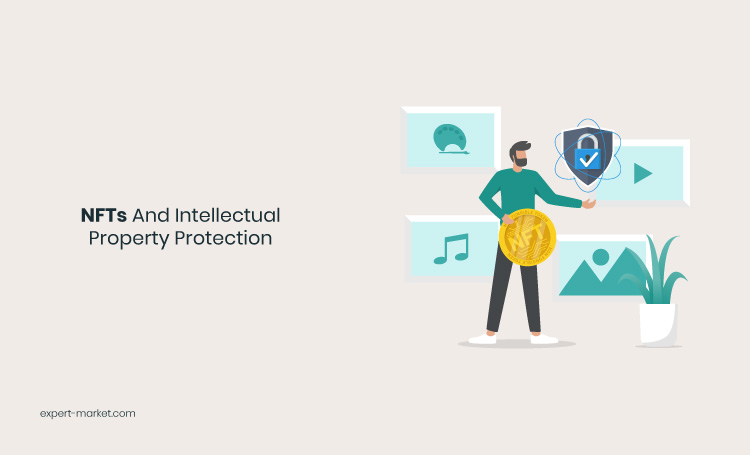Non-Fungible Tokens (NFTs) have been around for previous decades but have recently gained popularity in the field of digital and digitally held assets. Despite the decade-long history of this technological development, many people still don’t know what a Non-Fungible token is. The public’s perception of digital scarcity is due to the fact that it is unique, something that almost everyone can understand. If you are looking for important information about intellectual property protection, this blog will be helpful for you.
Both Fungible and Non-Fungible are built and reside on the same technology. The Blockchain is unable to store the underlying digital asset when dealing with larger files like a piece of art. The ownership history of NFTs is the same as real property records in the county recorder’s office or intellectual property protection records in the U.S. The Copyright Office has a copyrighted work.
Creation And Purchase Of Individual NFTs
We want not to provide an all-encompassing assessment of NFTs and each type of intellectual property but rather to focus on NFTs and associated implications for copyright holders and copyright law. To better understand these implications, it is necessary to understand how an NFT actually comes into existence and how the ownership is transferred. The minting process involves the creation of code on a blockchain network that also includes a unique type of I.D. to the digital asset with additional fields for ownership.
How NFTs Impact Copyright
The sale of an NFT doesn’t transfer the underlying copyright in work, which is “off-chain” to the purchaser. Wen selling a physical copy of creative work, the transfer of the underlying copyright is up to the creator of the most recent owner. Under 17 USC 106. The owner of a copyright has exclusive rights to reproduce the work, prepare derivative works, distribute copies, display the work publicly and perform the work publicly.
The public has access to view the NFTs on the various platforms. This is useful for the owners of copyrighted works but not necessarily for unauthorized reproductions or derivative works. It’s possible that it will add to a list of platforms that the owner of the copyrighted work can use to monitor unauthorized works.
The importance of employing and relying on important enforcement techniques such as watermarks and the DMCA is highlighted by these issues. As more and more copyright owners are forced to police NFT platforms, the Copyright Management Information (CMI) provisions of the DMCA will come into play.
International Implications
The minting of an NFT by any author of creative work may have a positive effect on the current state of artists’ resale rights. The minting and sale of NFTs are mostly unregulated, but they also have access to an international audience. There have been some decades-long disputes over artists’ resale royalty rights in the U.S. But NFTs present potential workarounds for artists. The U.K., E.U., Australia, and the Philippines officially recognize artists’ resale royalties, whereas the U.S. has long resisted the idea.
The state of California was held to be in the same league as the U.S. There is a Copyright Act in the U.S. The resale right was limited by the Circuit Court of Appeals in 1977.NFT platforms offer artists the chance to claim resale royalties on their work not previously offered in certain countries. It appears the typical hurdle to copyright owners exists, albeit with some added benefits. We hope this blog about intellectual property protection will be helpful for you. For more blogs, keep visiting our website.




























